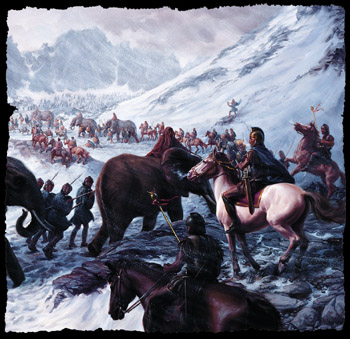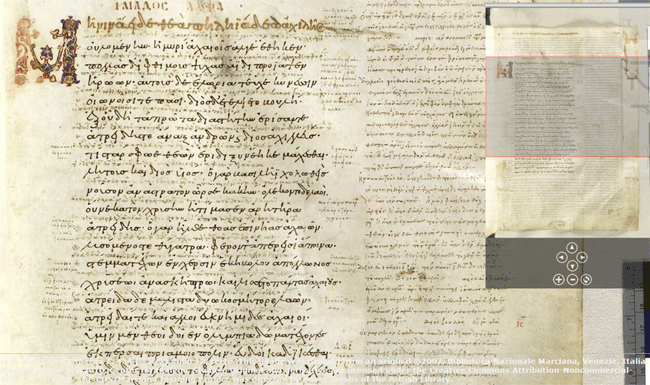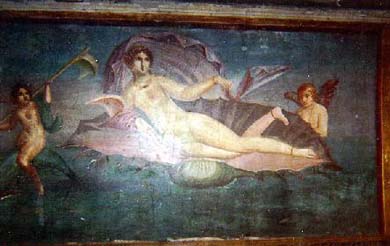Classics Courses This Year
 Hannibal crossing the Alps
Hannibal crossing the Alps
This in an introductory course in Roman history that will cover major social, economic, and political developments from the founding of Rome to the reign of Constantine, with an emphasis on Rome’s rise to power beginning with the Punic Wars to the reign of Constantine, who transferred the capital of the empire to Constantinople. Topics to be discussed include the civil wars, the creation of empire, Rome’s place in the ancient Mediterranean world, Roman religion and Christianity. (Humanities)
CLA 2-216, Classical Mythology

Demeter and Persephone, Apollo and Dionysos, Achilles and Agamemnon, Medea and Alcestis. Names of myth and legend, deception and intrigue, true love and not so true love.
Study of the development of the myth, legend, and folklore of the ancient world, especially its place in ancient Greek and Roman culture, and its survival in the modern world.
Sample Syllabus for Classical Mythology

How did the Romans learn Latin and Greek? What did their schoolbooks look like? How were texts published and circulated in the ancient world? How did reference works get compiled? What led to canonizing certain authors and texts? What does it mean to be literate in different eras? How does the form of the "book" in each era shape what was inside it? How were the conventions of scholarship established and how have they been transformed in the 21st century? How does a community of readers shape a text?
The study of Latin and Greek have been at the forefront of language learning, literacy, book arts, publication, and scholarship to the present day. This course will trace the development of classical education and the literary arts from the oral storytelling of Homer to the book trade in papyrus and vellum during the Roman empire to the copying and preservation of texts during the middle ages to the invention of the printing press in early modern Europe to Web 2.0. Students will have the opportunity to conduct research on topics as varied as school texts, Pompeiian graffiti, ancient or early modern libraries, early printed editions of classical authors, or to contribute to a born digital edition of a classical author.
CLA 8-373 Love and Sexuality in Greece and Rome

In this course, we will meet the most famous lovers of antiquity (Aphrodite and Ares, Medea and Jason, Catullus and Lesbia). We will read female poets (Sappho and Sulpicia), male writers (Apollonios and Ovid) and philosophers (Plato). Then we'll see how three ancient strands of writing--the Sapphic, elegiac, and romance novel traditions--have shaped our own. Although people in every culture know love and sexuality, each culture experiences it in a different way. By examining Greek and Roman constructions of love and sexuality, we can gain some historical perspective and critical distance from which to view the conventions of love in the 21st century. Prerequisite: Writing (W) course. (Humanities) Gruber-Miller
